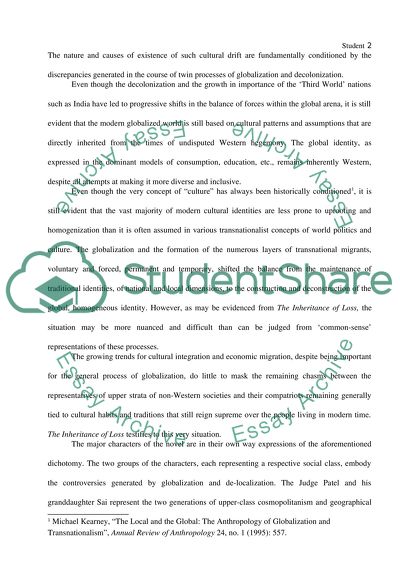Cite this document
(“National and Global Identity in The Inheritance of Loss Essay”, n.d.)
Retrieved from https://studentshare.org/history/1447274-argumentative-essay-legacy-of-empire-and
Retrieved from https://studentshare.org/history/1447274-argumentative-essay-legacy-of-empire-and
(National and Global Identity in The Inheritance of Loss Essay)
https://studentshare.org/history/1447274-argumentative-essay-legacy-of-empire-and.
https://studentshare.org/history/1447274-argumentative-essay-legacy-of-empire-and.
“National and Global Identity in The Inheritance of Loss Essay”, n.d. https://studentshare.org/history/1447274-argumentative-essay-legacy-of-empire-and.


